Data center power demands are skyrocketing, and Google thinks geothermal energy is the key to producing ‘round-the-clock’ clean electricity
Google’s new partnership with Nevada-based NV Energy will provide clean, reliable geothermal energy to power its data center ambitions


Google has announced an ambitious new partnership with Berkshire Hathaway-backed electricity firm, NV Energy, to power its Nevada data centers using geothermal energy.
NV Energy worked with geothermal specialists Fervo Energy to include 115 MW of enhanced geothermal power in the new clean transition tariff (CTT), all of which will be delivered to Google.
In a blog post announcing the deal, Google said it would build on a recent commercial pilot with Fervo Energy in Nevada.
In November last year, the tech giant revealed it had launched a ‘first-of-its-kind’ project with Fervo aimed at generating geothermal energy to provide carbon-free electricity for data centers. The project has already delivered promising results, Google said.
“Since then, Fervo has achieved remarkable reductions in the time and cost of its drilling process, demonstrating the power of early customer demand to help drive rapid improvements to early-stage technologies.”
Under the new agreement with NV Energy, Google is expanding the amount of ‘enhanced geothermal capacity’ by 25 times, which promises to push round-the-clock clean power onto the local grid that serves the hyperscaler’s data center operations in the state.
The blog’s co-authors, Amanda Peterson Corio, global head of data center energy, and Briana Kobo, head of energy market innovation at Google, said limitations to power purchase agreements (PPAs) - whereby companies procure clean energy primarily generated through wind or solar facilities - reflect the need for new procurement models to accelerate the energy transition.
Get the ITPro daily newsletter
Sign up today and you will receive a free copy of our Future Focus 2025 report - the leading guidance on AI, cybersecurity and other IT challenges as per 700+ senior executives
These limitations include the fact that these PPA’s are often isolated from broader grid planning and utility investment cycles, as well as the unpredictability of weather making solar and wind energy often unreliable.
As such, Peterson Corio and Kobo argued hyperscalers must adopt alternative technologies to deliver clean power whenever it is needed.
“These technologies, like enhanced geothermal, long-duration energy storage and advanced nuclear power, are early-stage, relatively costly and poorly incentivized by current regulatory structures. As a result, customers often still rely on fossil fuels for reliable power when solar and wind aren’t available.”
Google isn’t alone in its data center sustainability drive
The proposed deal is currently pending review and approval by the Public Utilities Commission of Nevada, and Google said it will help the company get closer to its goal to operate all of its data centers and office campuses on 24/7 carbon-free energy by 2030.
The rush to secure renewable energy purchasing agreements for the ongoing explosion in demand for data center capacity has seen all three hyperscalers make serious commitments with energy providers around the world.
Microsoft signed the biggest corporate renewable energy deal ever with investment firm Brookfield in May, constituting a $10 billion agreement to develop renewable energy projects and unlock 10.5 gigawatts of generating capacity between 2026 and 2030 in the US and Europe.
The tech giant also signed its first PPA with Shizen Energy to provide renewable energy for its data centers in October 2023.
RELATED WEBINAR

Meanwhile, AWS has also been exploring alternative power sources to meet data center energy demands. In March, the hyperscaler announced plans to acquire a nuclear-powered data center campus as part of a $650 million deal with Talen Energy.
As part of the deal, the cloud giant will acquire the Cumulus data center complex, located next to the 2.5 gigawatt Susquehanna nuclear power station in Pennsylvania.
Talen said the deal will see AWS gain access both to the data center facility along with the power infrastructure of the adjacent nuclear station.
Despite the frantic activity around securing clean energy to power their data centers, it appears the data center boom precipitated by the generative AI explosion has put new pressures on the energy infrastructure, and is jeopardizing their sustainability targets.
For example, Microsoft’s 2024 Sustainability Report found its carbon emissions have actually gone up significantly, largely thanks to its data center expansions.
The report found the company’s carbon emissions grew by 29% as a result of the drive to build data centers to support its cloud and generative AI business.
It noted that in 2023, the company’s Scope 1 and 2 emissions, those created as a direct result of the company’s activities, and those from its electricity and heat consumption decreased by 6.3% from its 2020 baseline.
But this was largely offset by a 30.9% jump in Scope 3 emissions, those that arise indirectly from activities of assets not owned or controlled by Microsoft, but that are impacted in the organization’s value chain, like the embodied carbon in building materials used to construct new facilities.

Solomon Klappholz is a former staff writer for ITPro and ChannelPro. He has experience writing about the technologies that facilitate industrial manufacturing, which led to him developing a particular interest in cybersecurity, IT regulation, industrial infrastructure applications, and machine learning.
-
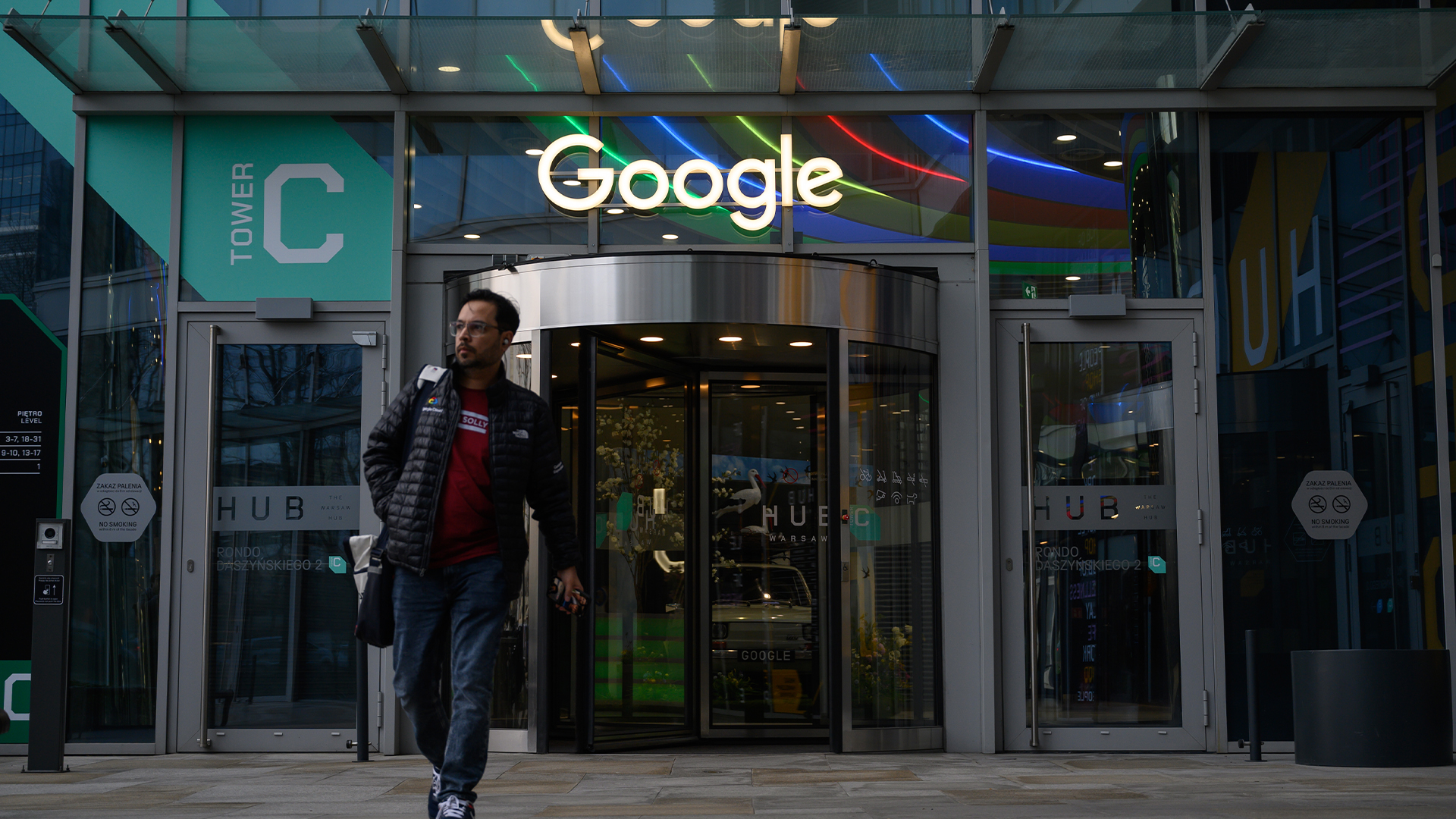 Google tells some remote workers to return to the office or risk losing jobs
Google tells some remote workers to return to the office or risk losing jobsNews Google has warned remote workers will need to return to the office or else lose their jobs, according to reports.
By Ross Kelly
-
 IBM puts on a brave face as US government cuts hit 15 contracts
IBM puts on a brave face as US government cuts hit 15 contractsNews Despite the cuts, IBM remains upbeat after promising quarterly results
By Nicole Kobie
-
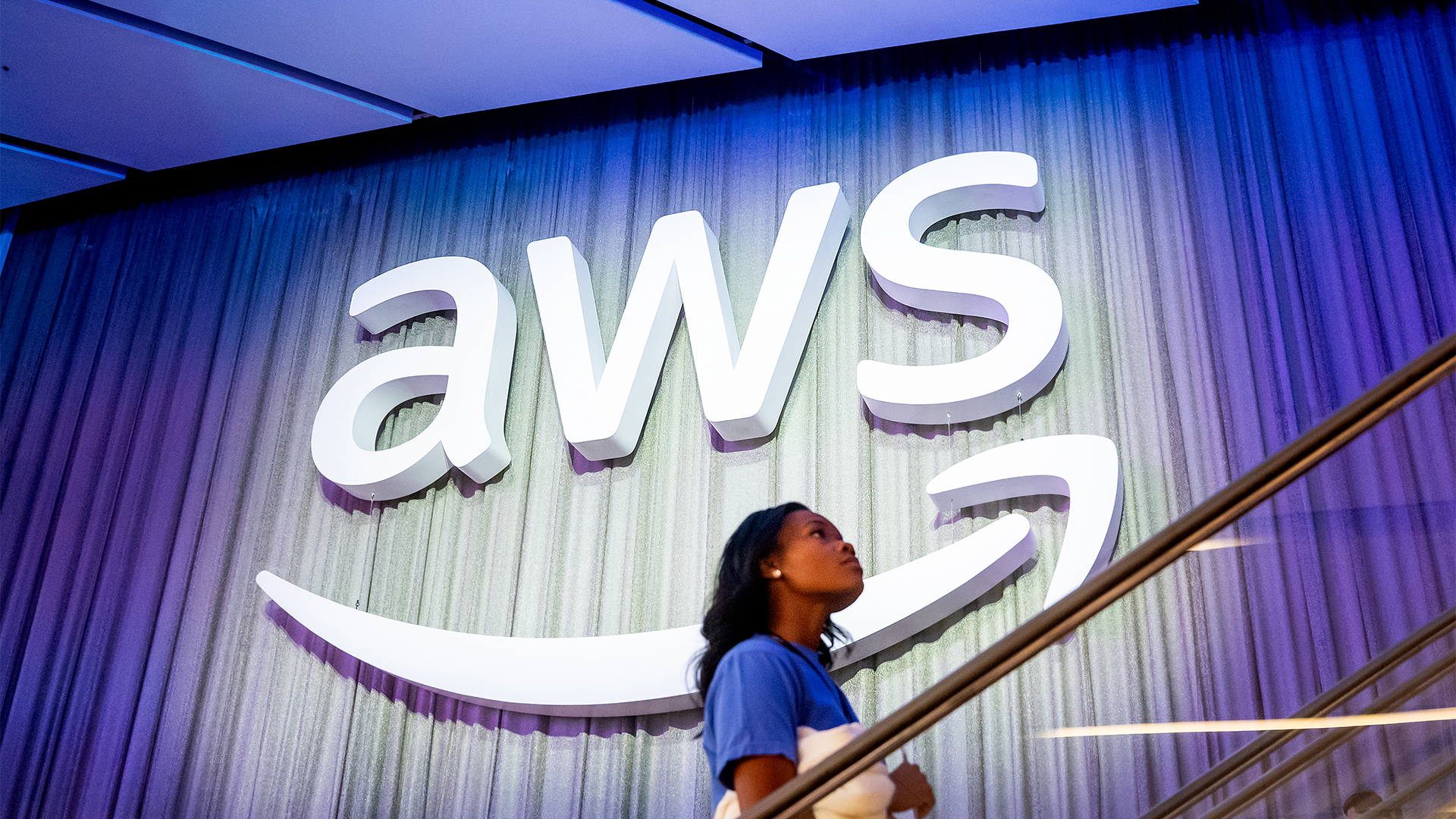 First Microsoft, now AWS: Why tech giants are hitting the breaks on costly data center plans
First Microsoft, now AWS: Why tech giants are hitting the breaks on costly data center plansNews Amazon Web Services (AWS) has paused plans for some data center leases, according to analysts, sparking further concerns about the cost of AI infrastructure spending plans.
By Nicole Kobie
-
 Google shakes off tariff concerns to push on with $75 billion AI spending plans – but analysts warn rising infrastructure costs will send cloud prices sky high
Google shakes off tariff concerns to push on with $75 billion AI spending plans – but analysts warn rising infrastructure costs will send cloud prices sky highNews Google CEO Sundar Pichai has confirmed the company will still spend $75 billion on building out data centers despite economic concerns in the wake of US tariffs.
By Nicole Kobie
-
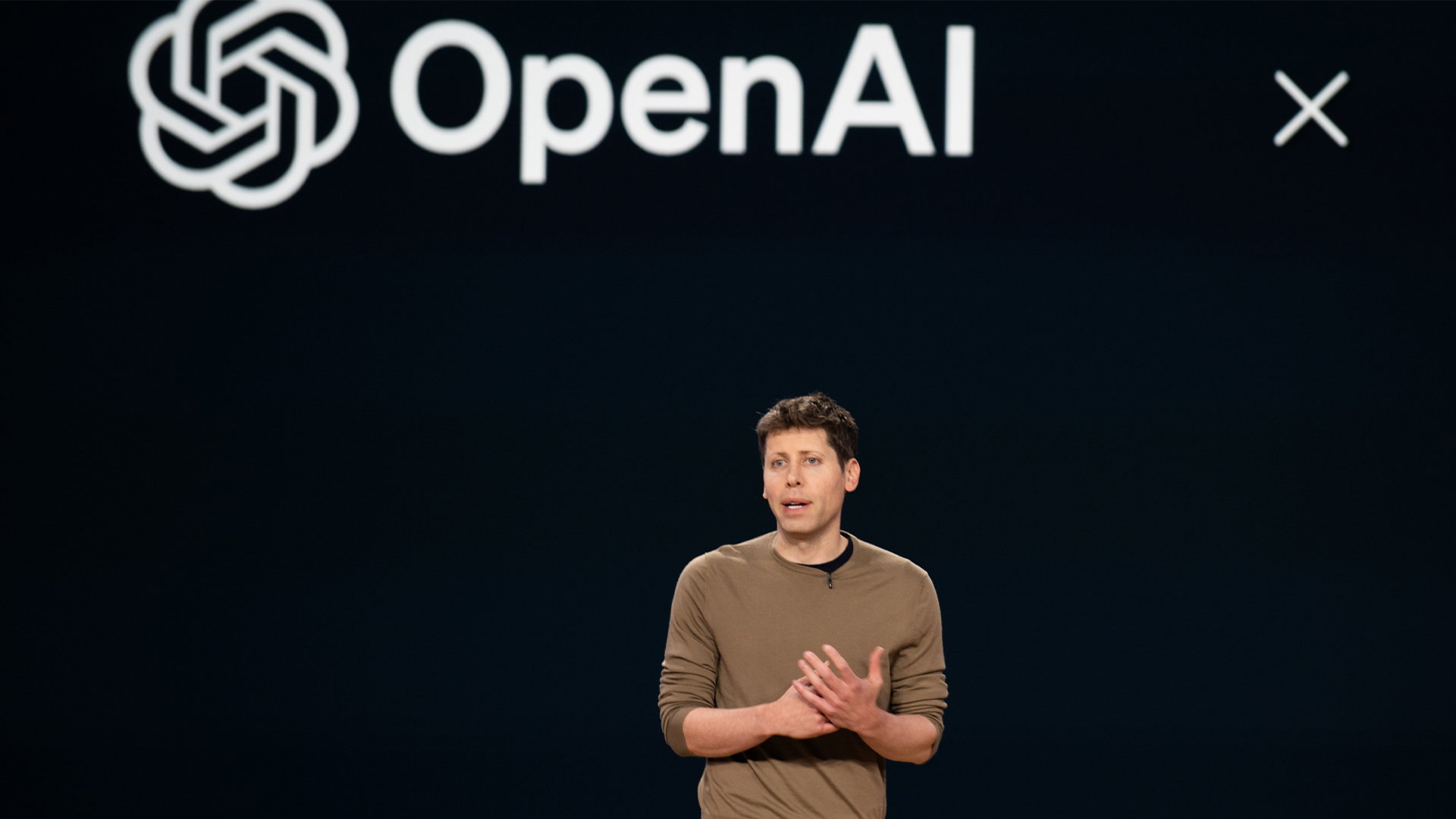 OpenAI inks $12bn CoreWeave deal in latest move away from Microsoft
OpenAI inks $12bn CoreWeave deal in latest move away from MicrosoftNews Cloud infrastructure company CoreWeave will supply OpenAI with infrastructure to run the firm's latest models in a deal worth nearly $12 billion.
By Nicole Kobie
-
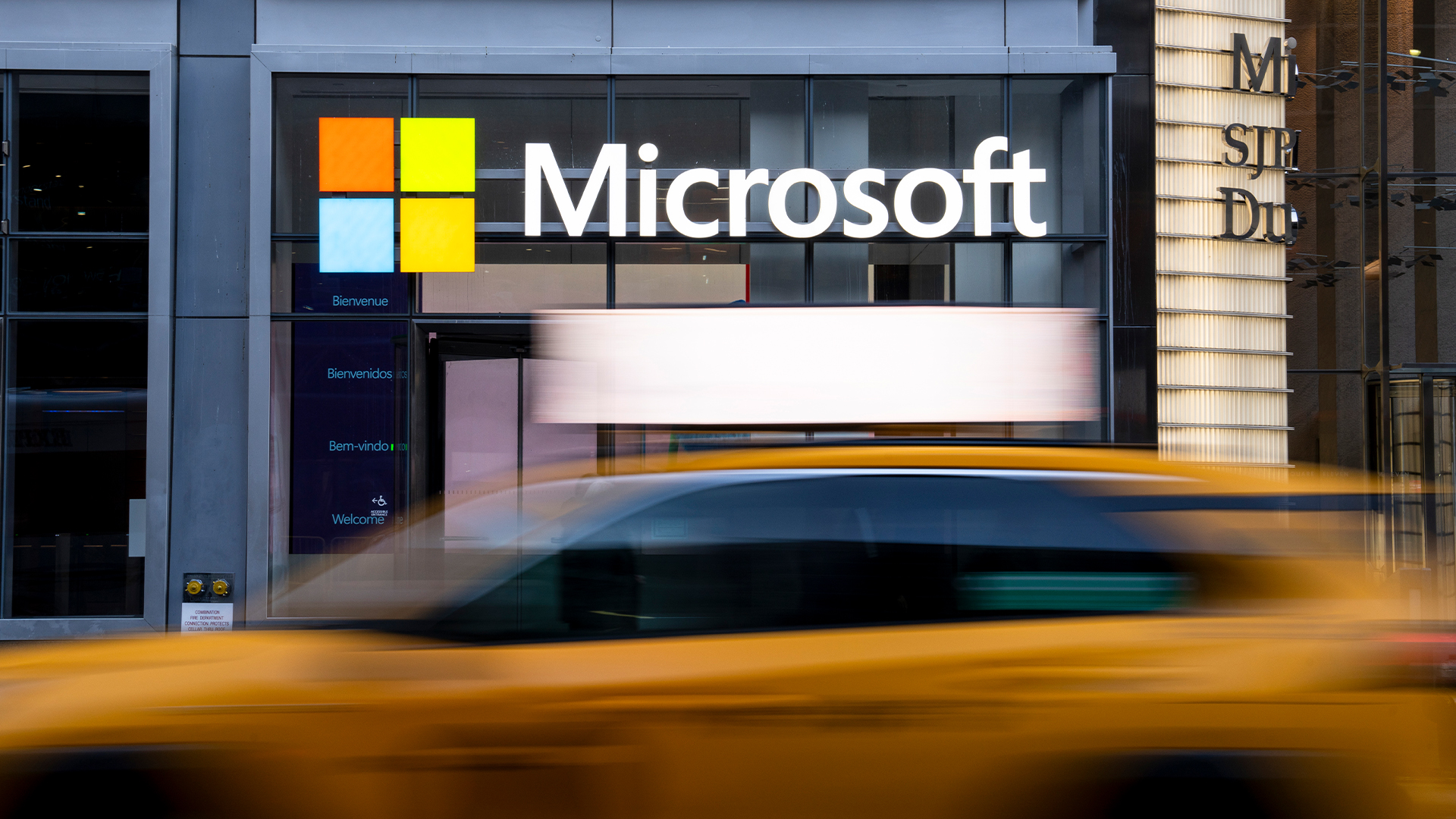 Analysts think Microsoft's data center rollback is bad news for the AI boom – but the company says not to worry
Analysts think Microsoft's data center rollback is bad news for the AI boom – but the company says not to worryNews Microsoft has reportedly ended leases for a significant amount of data center capacity, sparking debate over whether the AI boom is starting to falter.
By Nicole Kobie
-
 Microsoft invests $700 million to bolster cybersecurity and infrastructure in Poland
Microsoft invests $700 million to bolster cybersecurity and infrastructure in PolandNews Microsoft has announced plans to invest more than $700 million to support AI and cloud infrastructure expansion in Poland alongside cybersecurity support.
By Emma Woollacott
-
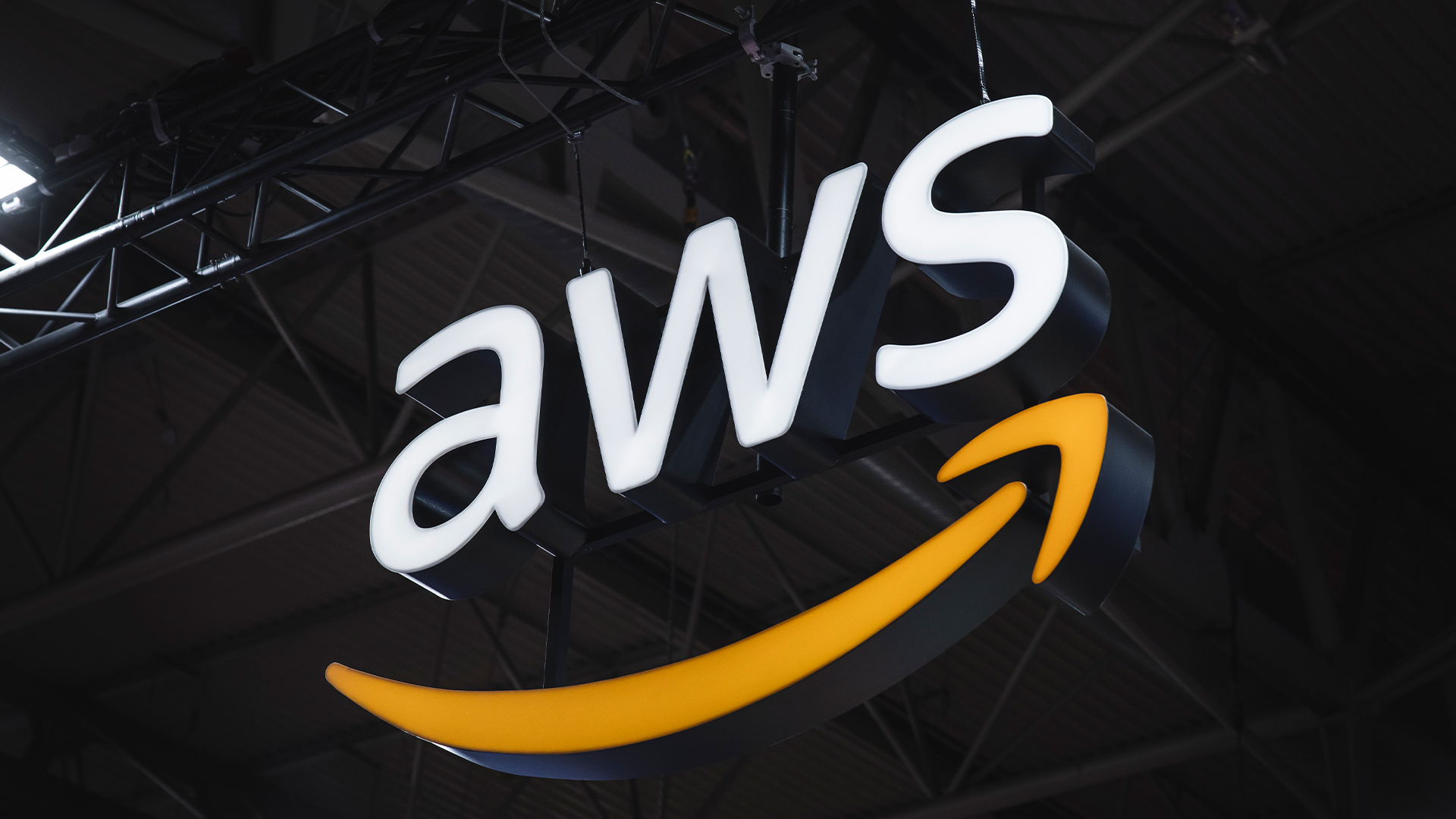 AWS eyes ‘flexible’ data center expansion with $11bn Georgia investment
AWS eyes ‘flexible’ data center expansion with $11bn Georgia investmentNews The hyperscaler says the infrastructure will power cloud computing and AI growth
By Nicole Kobie
-
 Ireland has become a “data dumping ground” for big tech
Ireland has become a “data dumping ground” for big techThe sharp increase in data center projects may be threatening Ireland's net-zero aspirations
By Nicole Kobie
-
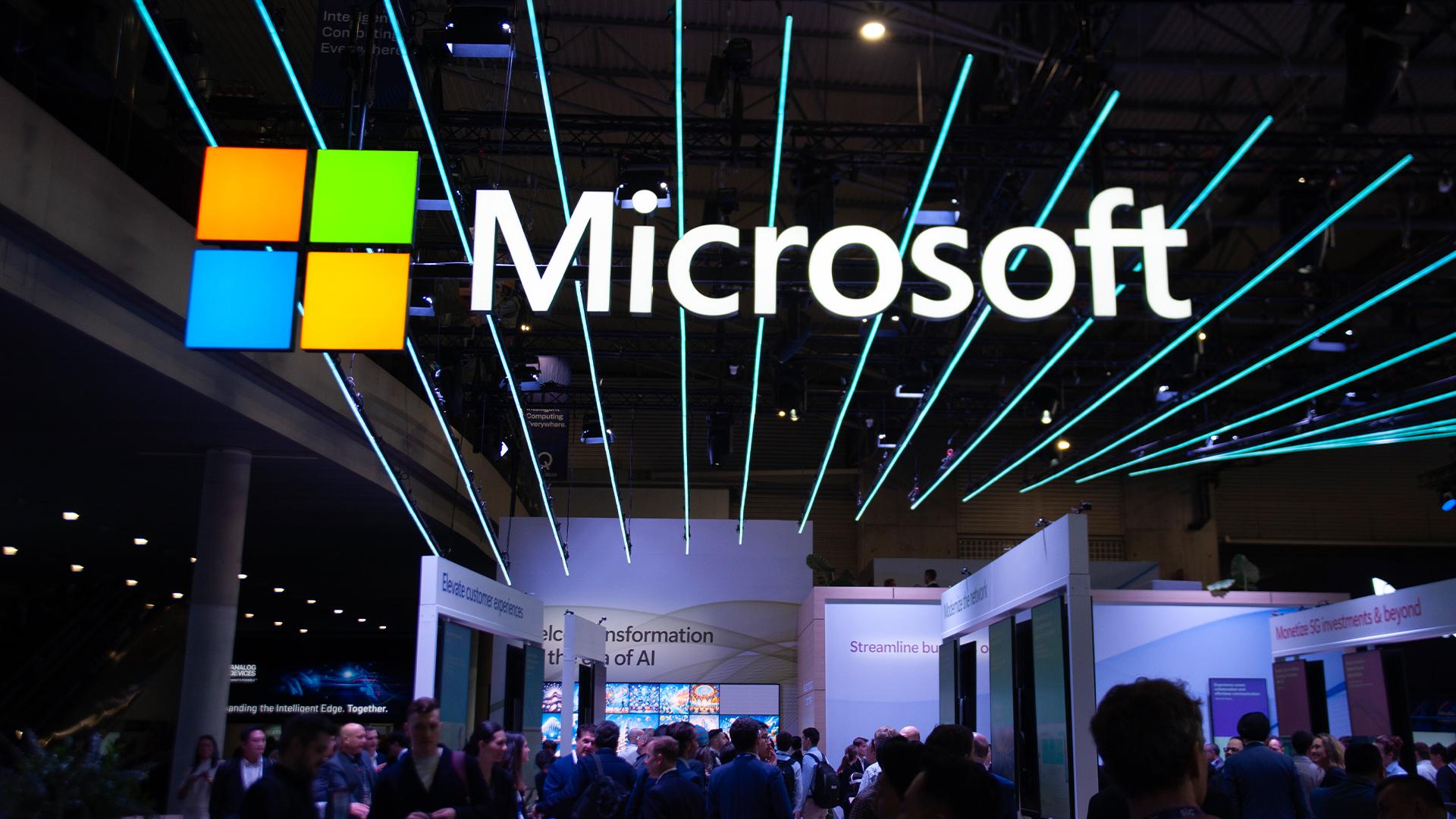 Data center water consumption is skyrocketing, but Microsoft thinks it has a solution – the company's new closed-loop cooling system consumes zero water and could save millions of liters per year
Data center water consumption is skyrocketing, but Microsoft thinks it has a solution – the company's new closed-loop cooling system consumes zero water and could save millions of liters per yearNews Microsoft has revealed fresh details on its 'closed-loop' data center cooling system, which it says uses zero water.
By Solomon Klappholz